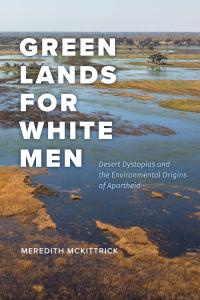“Home, Roots, Cosmos: A Path through Calvino’s Ecology”
This essay brings previously underexplored paths of political ecology, environmental history, and even biosemiotics and plant neurophysiology in Italo Calvino’s The Baron in the Trees (1957) to light.



